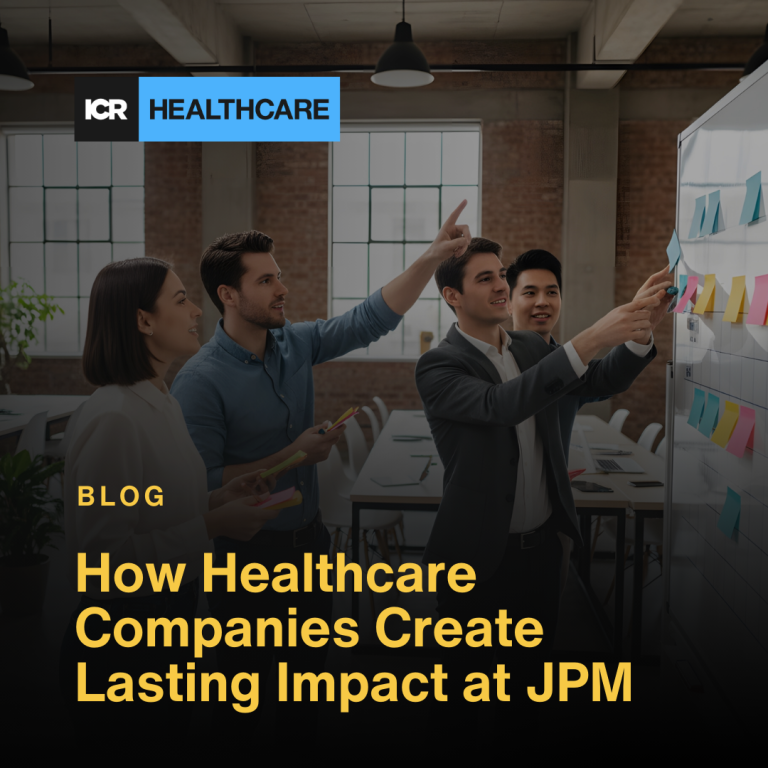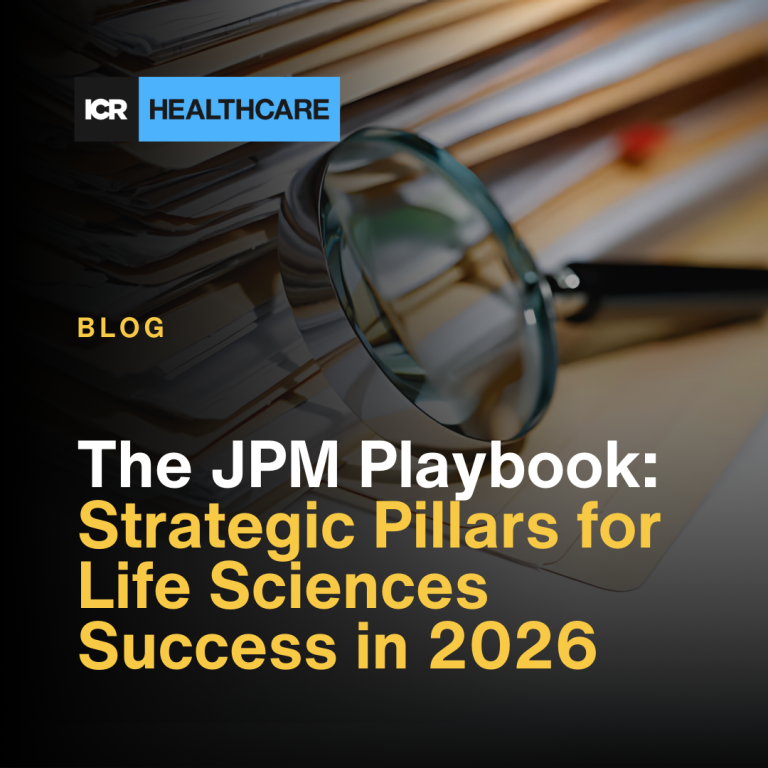Patient advocacy is a part of public relations that has always held a special place in my heart. It’s easy for us in the healthcare industry to get so caught up in our day-to-day to-do lists that we forget the reason (namely who) we are actually working for. Patient advocacy is the piece that brings it back home. I’ve been in the industry long enough to have seen a lot of change in how healthcare companies include patients in what they’re doing, and I’m proud to say that we’ve made huge strides and are continuing to advance toward the place where patients are full partners.
A number of years ago, I gave a lecture on patient advocacy to a group of pharmaceutical sales and marketing executives who were part-time MBA students at the Kellogg School of Management at Northwestern University. What struck me during my talk and after the Q&A session was not only a disinterest in initiating and maintaining advocacy relations, but a general distrust and dismissal of the role patient advocacy groups could have in the success or failure of drug development, approval and brand programs. Many in that audience viewed patient advocates as more focused on raising money than in partnering, and they did not see patient advocacy organizations as critical to their business.
Fast forward to today, and we now see stronger industry support for advocacy relations than ever before. Many in the life sciences industry not only are championing advocacy relations internally, but also engaging in these relationships earlier in the process to ensure clarity, harmony and partnership throughout the drug development journey. Through PCORI and private company initiatives, patients are being brought in at the ground level, when research protocols are designed, to share their experiences as patients and what they most need and want in new therapies. Involving patients from the start can offer great benefit to all involved.
Pharma-advocacy relationships also can be invaluable, not only when things progress smoothly, but during the tough times when a company finds itself in a difficult situation. It’s during those times that the goodwill built previously can be an important asset as a company reconfigures, meets with regulators, or shares its story. As we at Westwicke continue to counsel our clients, we remind them that in any situation — good times or bad — they will certainly benefit from strong partnerships. Here are the top things to keep in mind as you make these important connections.
The relationship
- Advocates have one mission: to improve the lives of the patient. They aren’t there to be your friend, and they will hold people accountable — whether they’re from the pharmaceutical industry, the medical community, or the government.
- Advocates have the power to bring experts together from all aspects of drug development, something that may not be possible within industry alone.
- Patient-centricity is not the same as patient advocacy.
Advocacy from the start
- The industry needs to view patients and advocates as a priority audience, not secondary to investors and the medical community.
- Bring advocacy groups into the fold very early in the development process; you may find yourself changing the endpoints or trial protocol for better success.
- Be consistent in your communications with advocacy groups; don’t just reach out when you have data or when you need them.
Working together
- The more you can individualize and personalize your company, the stronger your advocacy relations will be.
- The patient perspective can galvanize a drug’s acceptance by the FDA, and today, there is more scientific evidence supporting the patient perspective in the benefit/risk ratio.
- When faced with a crisis, always pick up the phone and proactively communicate with advocates and patients.
- Strong advocacy relations can make the difference during unfair or unwarranted backlash during a crisis.
- FDA approval does not equal drug access; advocates should be working with industry on the bigger picture.
What does success look like?
- Success is when the advocacy community feels ownership in the drug development process.
- A good advocacy relationship is like a good marriage; you won’t always agree, but there’s mutual respect and agreement on what really matters: the patient.
- The best advocacy relations departments in biopharma integrate across many functions and have complete buy-in by upper management.
Patient advocacy is a critical element of public relations for biopharma and healthcare companies. If you’d like more information on how to develop and execute a PR strategy that prioritizes patient and advocate relationships, reach out.



